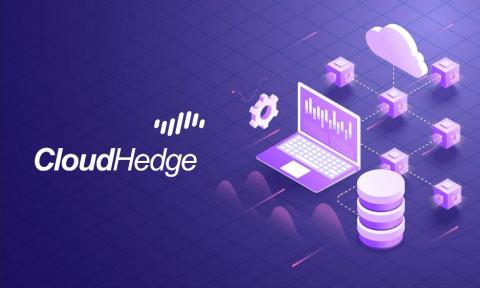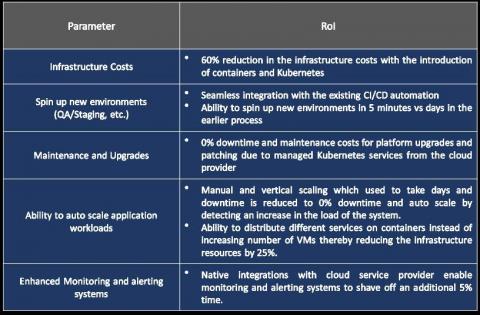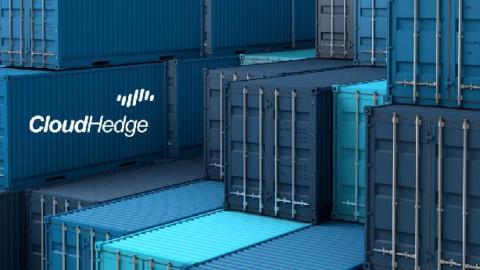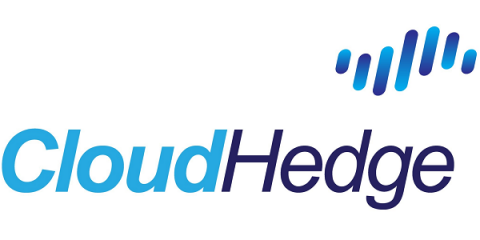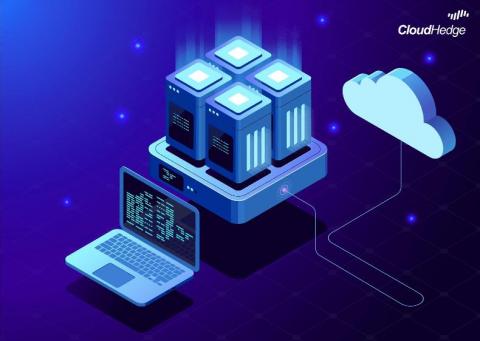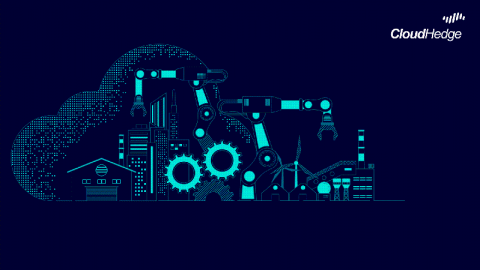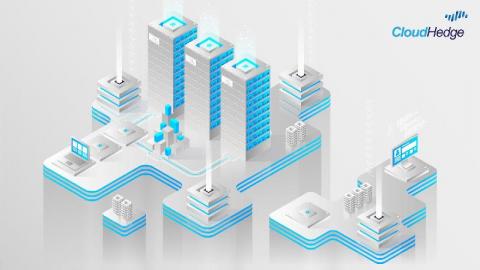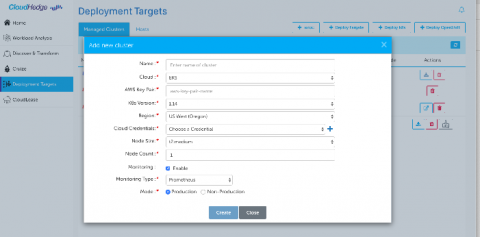How to Accelerate App Modernization using CloudHedge
Maintaining legacy applications can be an affliction that saps up energy, time, and resources. Application modernization remains fashionable and involves refactoring, re-purposing, or consolidating legacy software to align it more closely with current business needs and add business value. Traditional methods for modernizing applications include rewriting existing application code to a more modern programming language to salvage parts of the application that might still have value.



